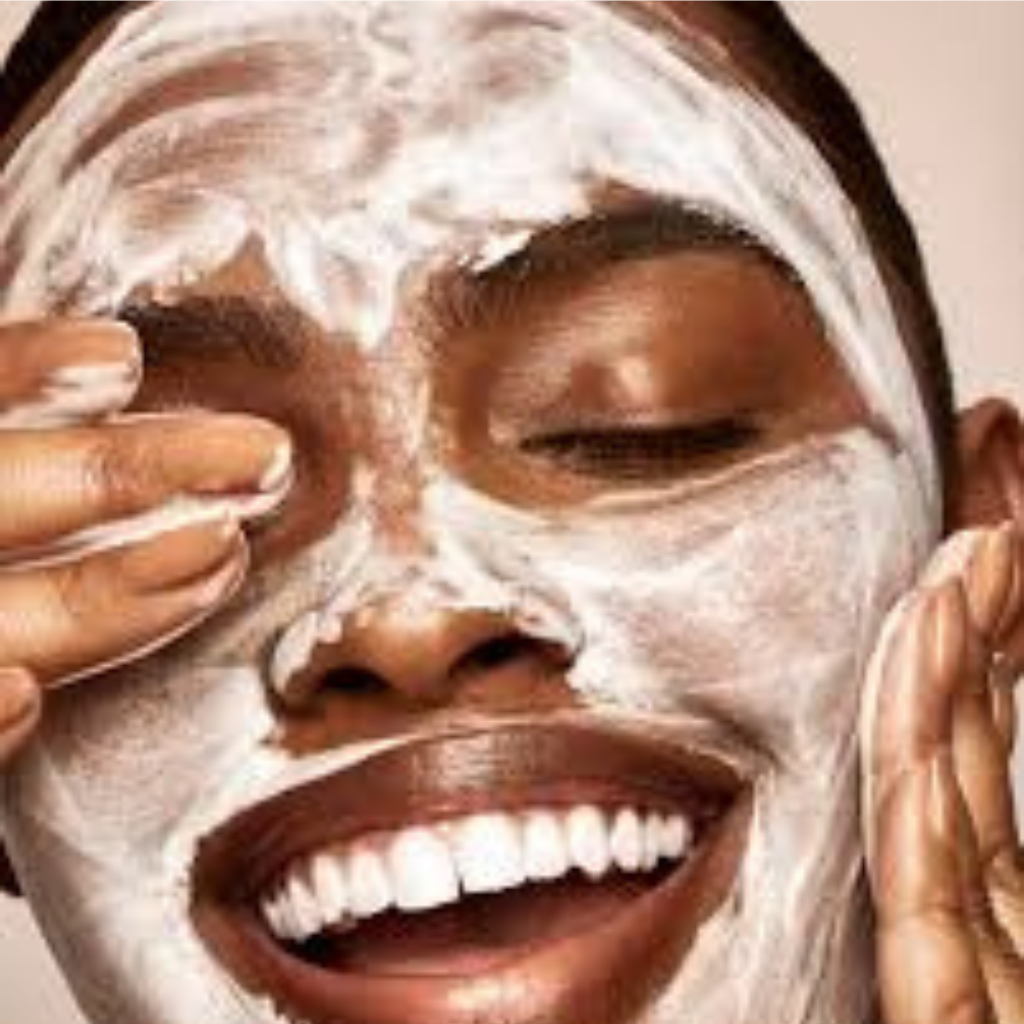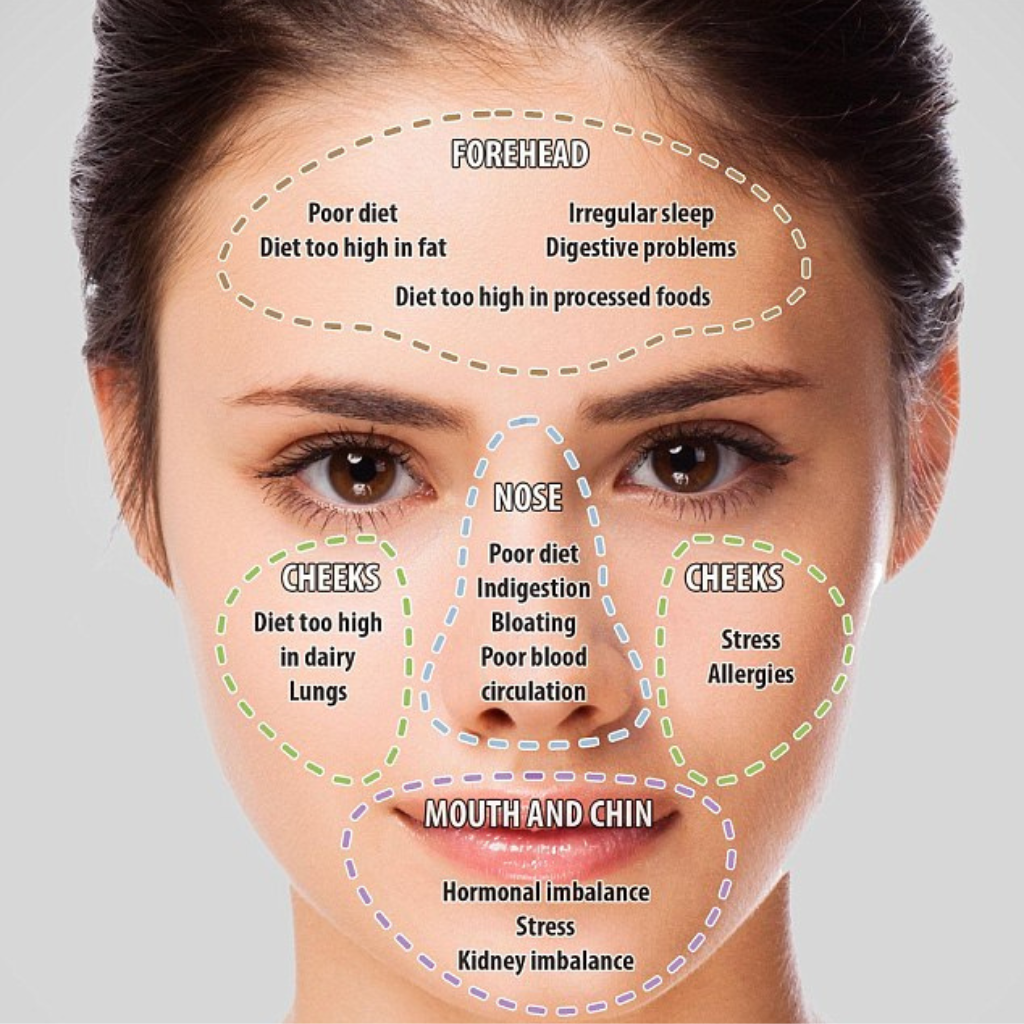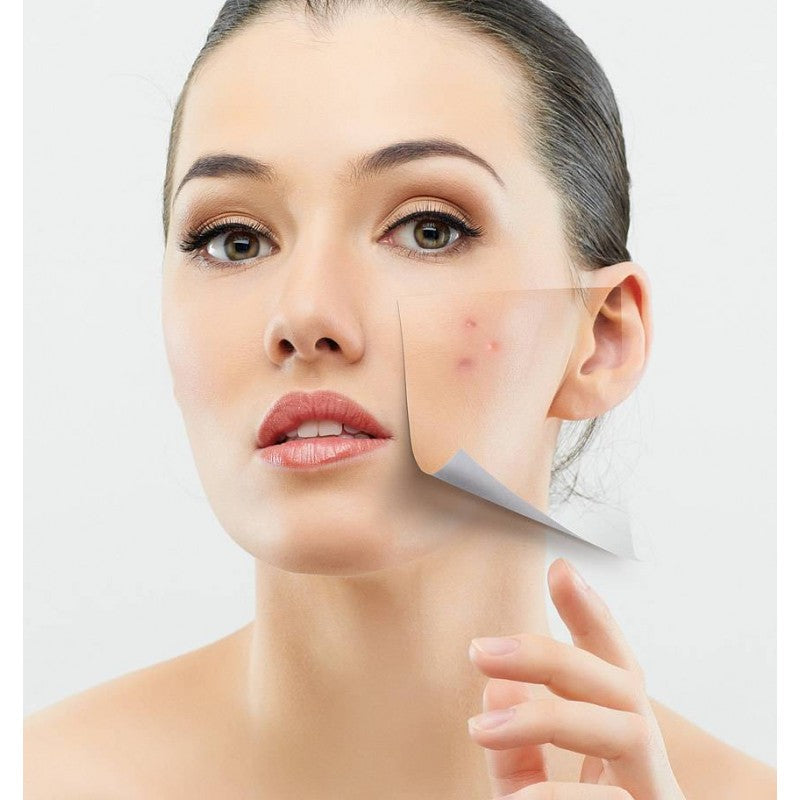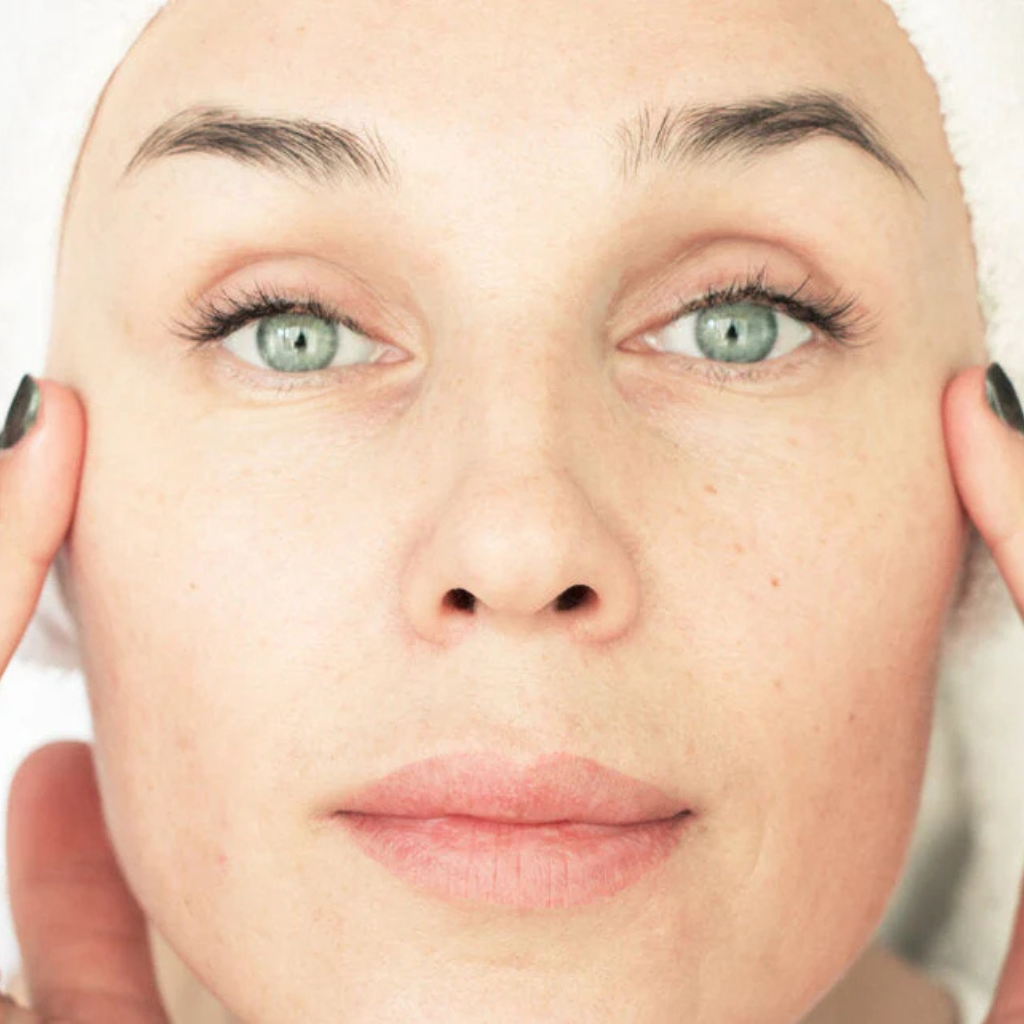Acids, Enzymes, and Scrubs: Which Exfoliant Should You Use And How Often?

Exfoliating is a crucial step in any skincare routine, but with so many options available, it can be overwhelming to choose the right one for your skin. Acids, enzymes, and scrubs are the most common types of exfoliants, each offering unique benefits. So, which exfoliant should you use and how often?
Acids: The Powerhouses of Exfoliation
There are two categories of exfoliating acids: Alpha Hydroxy Acids (AHAs) and Beta Hydroxy Acids (BHAs). Both create a chemical reaction that lowers the skin’s pH and dissolves and digests the “glue” that holds expired skin cells together. To work most effectively at home, an exfoliating acid must fall within a pH of 3-4 and be at a concentration of 5%-20%.
AHAs are water-soluble, so they don’t penetrate as far into the pores as BHAs. However, they can be incredibly effective at removing pigmented cells left behind by breakouts or sun exposure, as well as smoothing texture. The most common AHAs are lactic, glycolic, malic, mandelic, and tartaric acids. (Citric acid is also an AHA, but it’s not technically an exfoliant; it is used as a pH adjuster.)
BHAs, on the other hand, are oil-soluble, so they can penetrate deep into the pores to prevent clogging and remove dead cells that can lead to blackheads and breakouts.
Note: If you’re pregnant, consult your doctor before using BHAs.
Who They Suit
Exfoliating acids suit anyone who has clogged pores, blackheads, breakouts, dryness, flakiness, fine lines, wrinkles, large pores, dullness, discolouration, or rough texture. Anyone can safely use exfoliating acids—even those who have sensitive skin!
What I love most about exfoliating acids is that they do the work for you. In other words, you don’t have to rub the skin. As long as you’re using a formula with a proper pH and percentage that is appropriate for your skin type, you can let it work its magic with no effort on your part.
Note: A tingling sensation may or may not occur when you apply an exfoliating acid. This is not an indicator of efficacy. Instead, it’s an indicator of how your skin’s barrier is acting at the time of use. If your skin tingles, it could mean your barrier is compromised. It’s very common for the tingling sensation to stop after a month or so of use. People say, “I don’t feel like it’s working anymore because I can’t feel it sting like I did when I first started using it.” The truth is exfoliating acids, when not overused, can actually aid in fixing your skin’s moisture barrier!
Found in:
Glow Cleanser
Clarify Tonic
Keep Clear Serum
Clarify Serum
Dual Action Peel
Enzymes: Gentle Yet Effective Exfoliants
Enzymes are fruit-derived. They contain no acids or grains. This means they can offer a gentler, no-sting exfoliation, which is very helpful for sensitive skin types. Pineapple, pumpkin, pomegranate, and papaya are the most common fruit enzymes used in skincare products. They work by dissolving and digesting the protein found in dead skin cells, thereby revealing smoother skin.
Both exfoliating acids and exfoliating enzymes dissolve dry skin cells, but there are a few main differences in how they work. Enzymes work more on the surface, while acids slip deeper into the skin’s surface. Also, enzymes are activated by water and work more slowly to digest cellular buildup. Apply them to damp skin and leave them on for anywhere from 15 to 20 minutes. When used in a peel, they can work in as little as five minutes.
Who They Suit
Any kind of exfoliation can improve clogged pores, blackheads, blemishes, dryness, flakiness, fine lines, wrinkles, large pores, dullness, and discolouration. With that being said, anyone who can’t tolerate exfoliating acids will find enzymes a particularly good option.
Found in:
Reveal Tonic
Reveal Face Polish
Dual Action Peel
Scrubs: Physical Exfoliants for Instant Smoothing
Scrubs, also known as physical exfoliants, contain small particles that physically buff away dead skin cells. While scrubs provide instant smoothness and can be satisfying to use, they can be harsh on the skin if not used correctly. It's important to choose a scrub with fine, rounded particles to avoid micro-tears in the skin. Scrubs should be used 1-2 times per week to avoid over-exfoliation.
Who They Suit
All skin types can use physical exfoliants, even sensitive skin. The key is to use very light pressure. If you’re using a face scrub, let the beads or particles gently glide over the skin. People often make the mistake of pushing too hard, which can result in redness and irritation.
Found in:
Reveal Face polish
When choosing an exfoliant, consider your skin type, concerns, and sensitivity. It's essential to introduce exfoliants gradually into your routine to prevent irritation and sensitivity. Remember, over-exfoliation can compromise the skin's barrier function and lead to issues like redness, dryness, and inflammation.
Consulting with a skincare professional can help you determine the best exfoliant for your skin and create a personalised exfoliation schedule. By understanding the differences between acids, enzymes, and scrubs, you can make an informed decision to achieve smooth, radiant skin.



